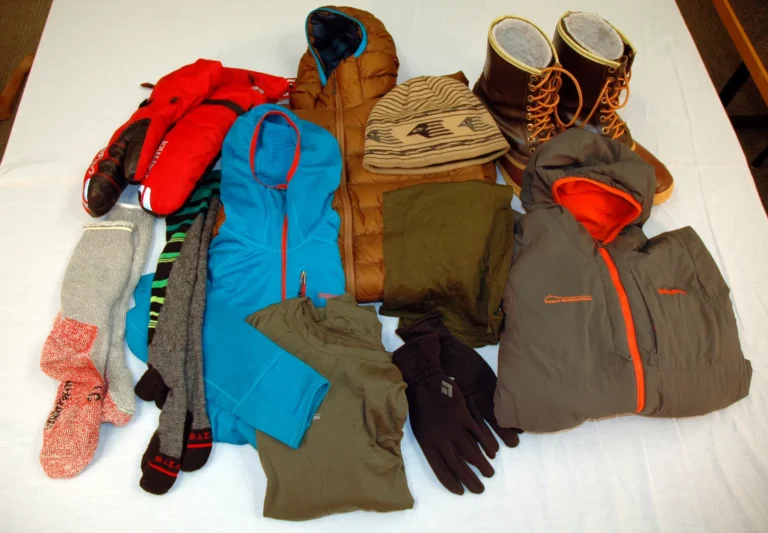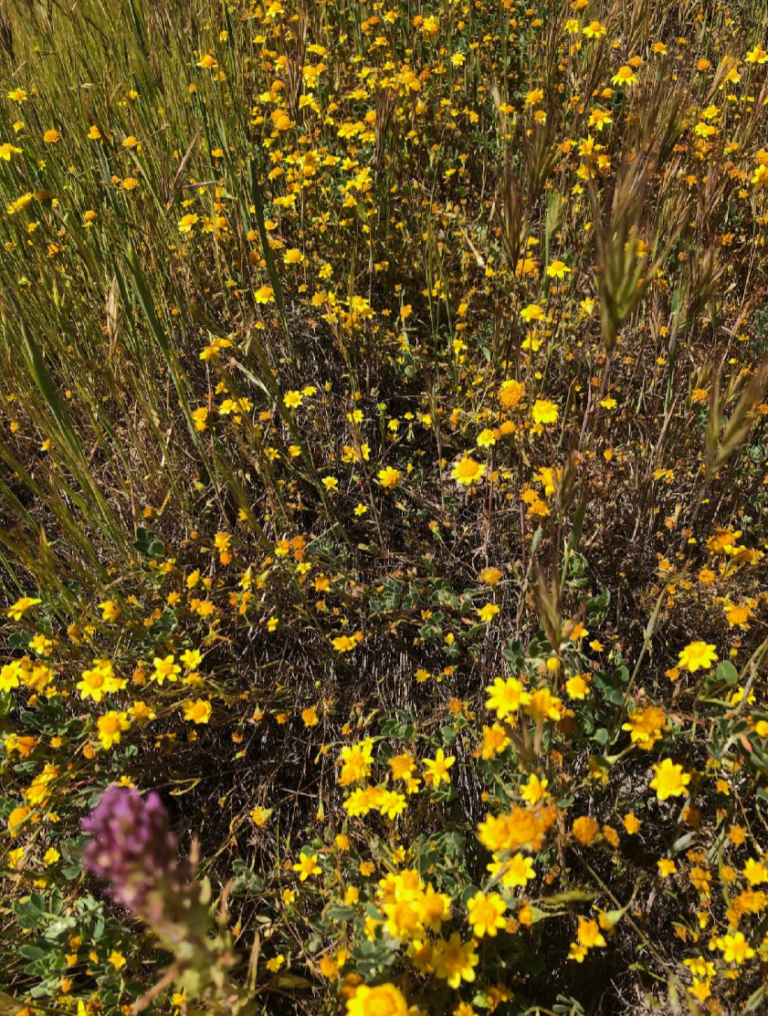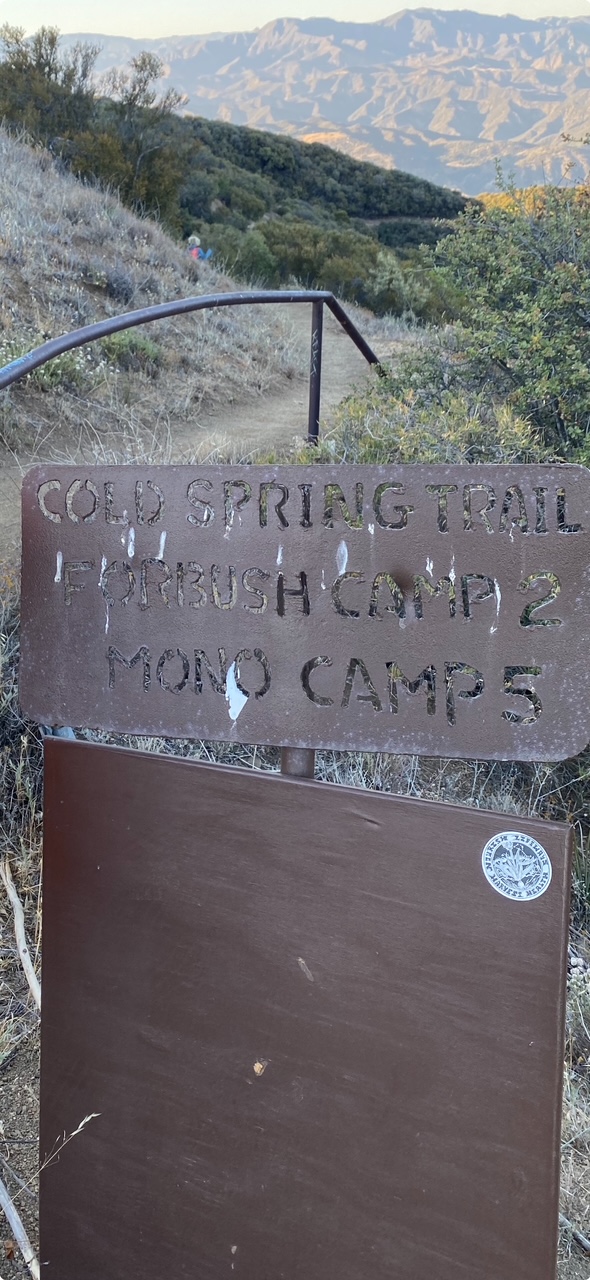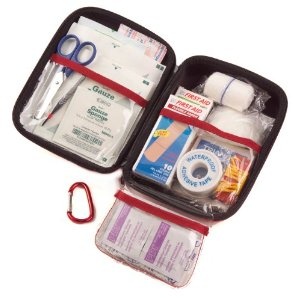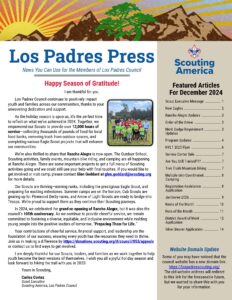Follow these 5 easy principles to achieve the perfect mix of strength, stamina, and speed.
Fuel with Fat
Backpacking is about sustained output over several days, says Leslie Bonci, director of sports medicine nutrition at the University of Pittsburgh Medical Center. To get the most energy for multiple long-distance days, you want to fire your engine with healthy unsaturated fats, the kind found in nuts and fish. Fortunately, these foods happen to be the most concentrated (read: easiest to pack) source of calories. On the trail, make them 30 to 40 percent of your diet.
Sustain with Complex Carbs
There’s a reason marathoners like to eat a heaping plate of whole-wheat spaghetti the night before a race. High-fiber, complex carbohydrates such as those found in whole-grain pasta and brown rice are broken down slowly in your stomach, keeping blood sugar steady for sustained power. Make them about 50 percent of your trail diet.
Get a Boost from Simple Sugars
A backcountry trip isn’t always a steady plod. For bursts of intensity–like a steep climb–you need simple carbs. The sugars in foods like chocolate and raisins are digested quickly, causing a spike in blood sugar and a flood of energy to your muscles. For best results, scarf a handful or two of something sweet about an hour before the hill gets nasty.
Recover with Protein
Skimp on this muscle-builder on the trail, and your body starts burning lean muscle mass for fuel. “If that happens,” says Bonci, “you end up fatiguing a lot more quickly, which can increase the risk of injury.” Make protein 20 percent of your backcountry diet, and you’ll be repairing muscles you’ve spent the day breaking down.
Fight Free Radicals
The triple whammy of strenuous exercise, UV light, and high elevation subjects you to cell-damaging free radicals, which increase your risk of serious health problems like heart disease and cancer, says Dr. Wayne Askew, director of the Division of Nutrition at the University of Utah. On-trail prevention is the best medicine: Repair stressed cells with the antioxidant vitamins E and C, plus beta carotene.
